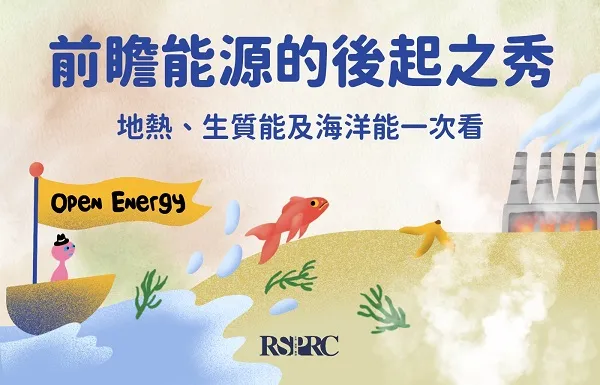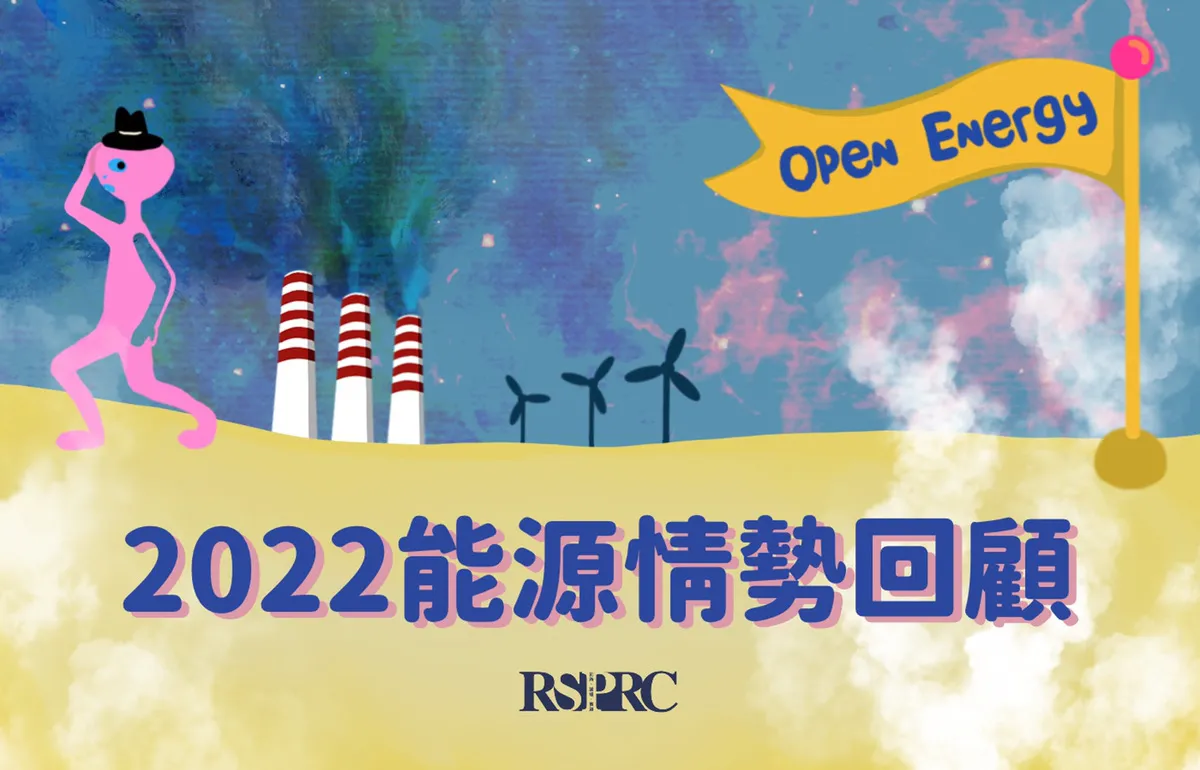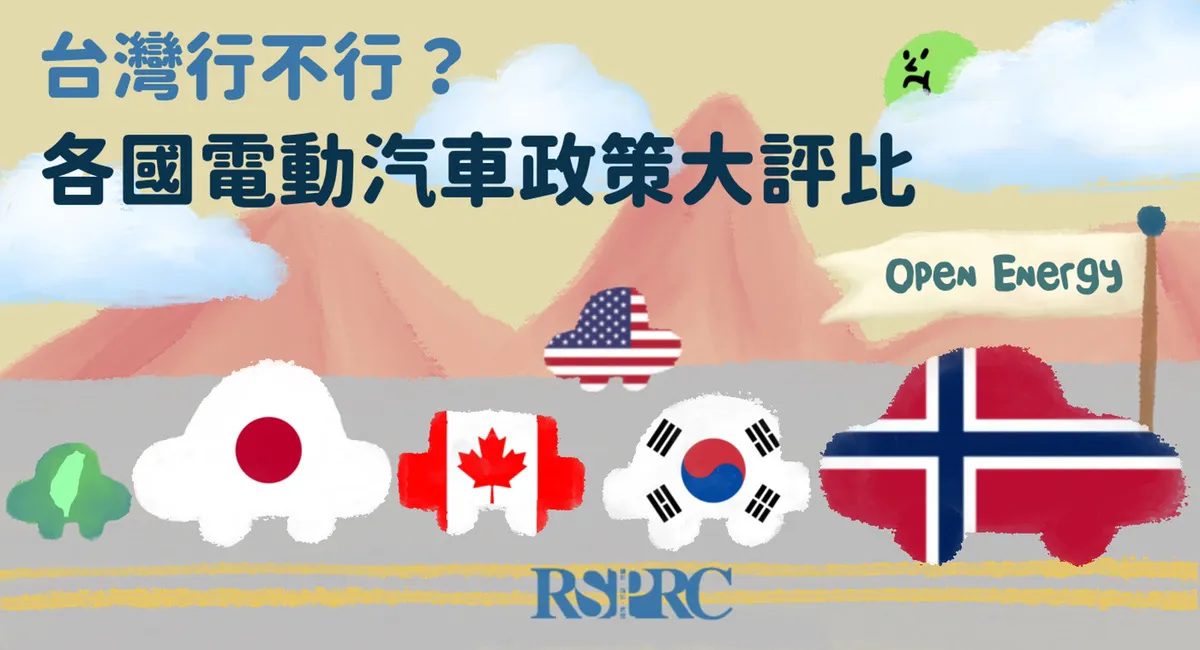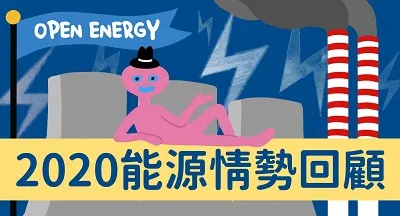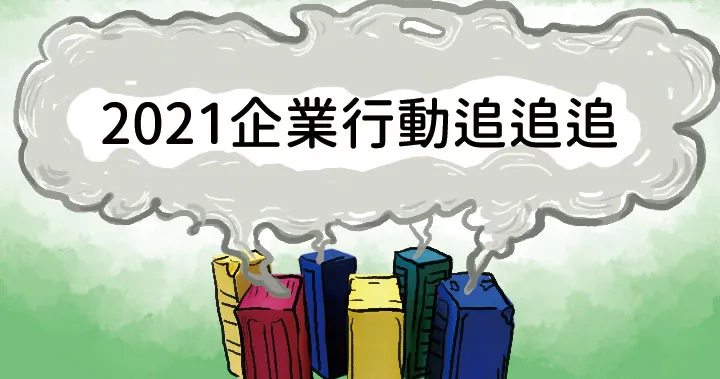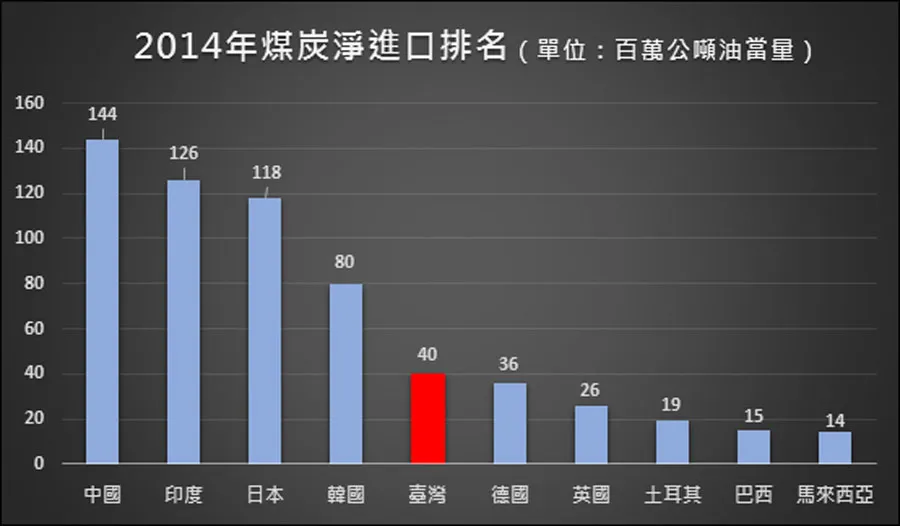National Taiwan University's Risk Society and Policy Research Center (RSPRC) has been monitoring Taiwan's top 10 greenhouse gas-emitting companies since 2017. The center published the first edition of the "Corporate Climate Action Tracker" report in 2019 to identify Taiwan's leading industries and corporations by their greenhouse gas emissions.
At this year's COP28, the Global Stocktake emphasized the need for all countries to triple their installed capacity for renewable energy by 2030. Therefore, Taiwan must adopt more forward-looking strategies and actions to maximize emission reduction efficiencies.
At the turn of the year, this is an important time to review what has been accomplished and built upon our past accomplishments. In 2021, in addition to the global COVID-19 pandemic, climate disasters were also rampant around the world. For example, heat waves occurred in North America; floods raged in Western Europe and Henan, China; and the worst drought in 56 years happened in central and southern Taiwan. The above-mentioned events are confirmed that the climate crisis is imminent. Leaders of various countries have successively announced the carbon neutrality goal and actively formulated a road map for achieving net zero emissions. What progress have those countries made since they declared carbon neutrality goals one year ago?
The theme of this newsletter is about the corporate climate-related financial disclosure, so this OpenEnergy is paired with the topic of corporate climate action tracking. The first target of this article is to track the status of Science Based Targets initiative (SBTi) proposed by companies in various countries. S
On the "Hon Hai Tech Day" on October 18, 2021, Hon Hai Technology Group officially unveiled three electric vehicles at the Taipei Nangang Exhibition Center. This debut has become a milestone for the Hon Hai Technology Group, symbolizing that Hon Hai's corporate map is no longer limited to part manufacturing and OEM but will launch its own electric vehicles under the "Foxtron" brand with affordable prices for everyone.
Since 2016, it has been five years since the RSPRC released the "Taiwan's Energy Situation Review". Through the collection of basic data on Taiwan's energy structure, it provides references for all walks of life and grasps the development of Taiwan's energy situation. The development of the energy situation in 2020 did not continue the transition achievements in energy consumption...
Companies participating in SBTi have grown substantially on a global scale. As of April 19, 2021, the number of global participating SBTi companies has reached 1,346, an increase of 456 companies over the same period last year, and a growth rate of 51%.
Generally speaking, in 2019, we can see negative trends both on Taiwan's energy consumption and power generation. Based on the latest data provided by Energy Bureau, the total amount power generation in 2019 is 0.5% less than 2018. This is the first degrowth after 2015. On the other hand, total power consumption declined the first time for the last four years. Industry sector contributed the most for this decrease.
The total energy consumption in 2017 is approximately 117 million KLOE, which has decreased by 0.26% from 2016; while the energy intensity is 7.20 LOE/Thousand NT$, which is an improvement of 2.77% from 2016 ...
Taiwan’s energy consumption reached a new high of 86.83 million KLOE in 2018. This represented an increase of 1.83% from 2017, which is higher than the average annual increase of 0.91%...
The total energy consumption in 2017 is approximately 117 million KLOE, which has decreased by 0.26% from 2016; while the energy intensity is 7.20 LOE/Thousand NT$, which is an improvement of 2.77% from 2016 ...
The total electricity consumption in 2017 has grown from 2016 by 2.3%, which is higher than the growth rate of 2.1% of 2016, and higher as well than the average growth rate of 1.4% over the past five years.
Coal is a traditional fuel, but so far a globe-wide usage still can be observed. According to the IEA (2016) statistics, the global coal production used as energy purpose in 2014 was 2.7 times...


